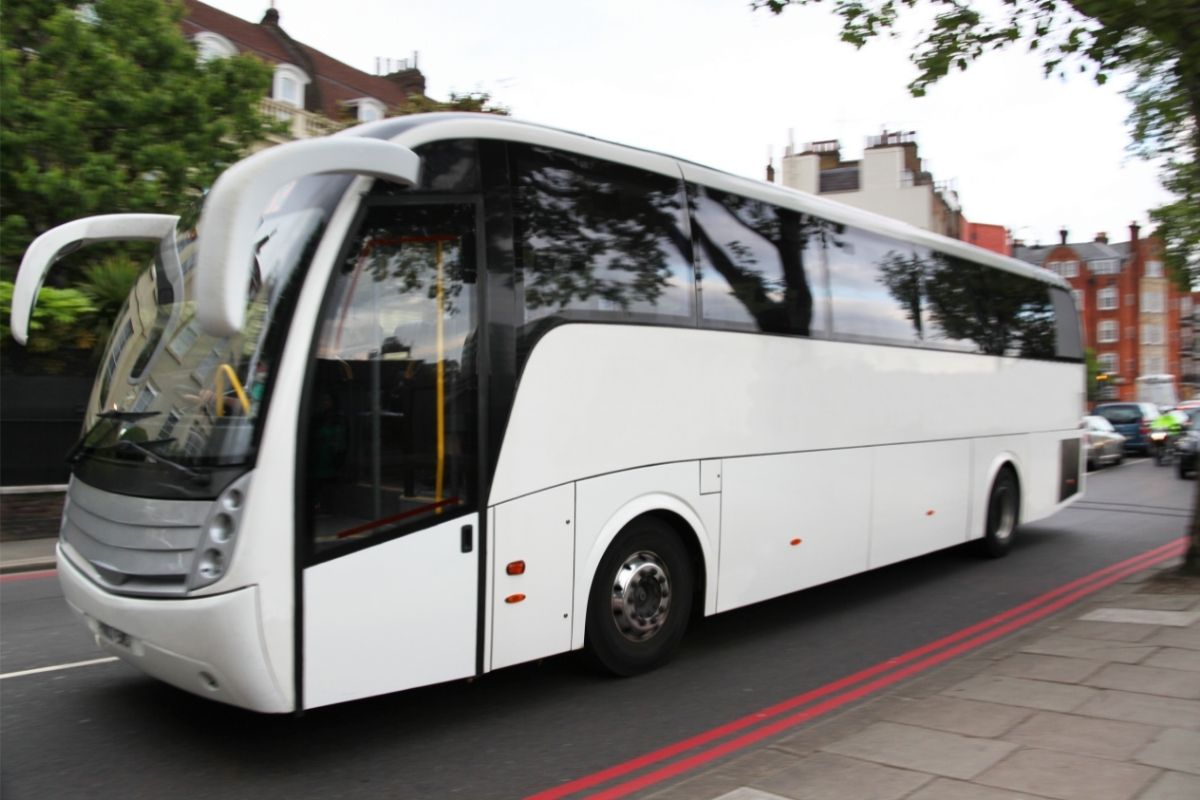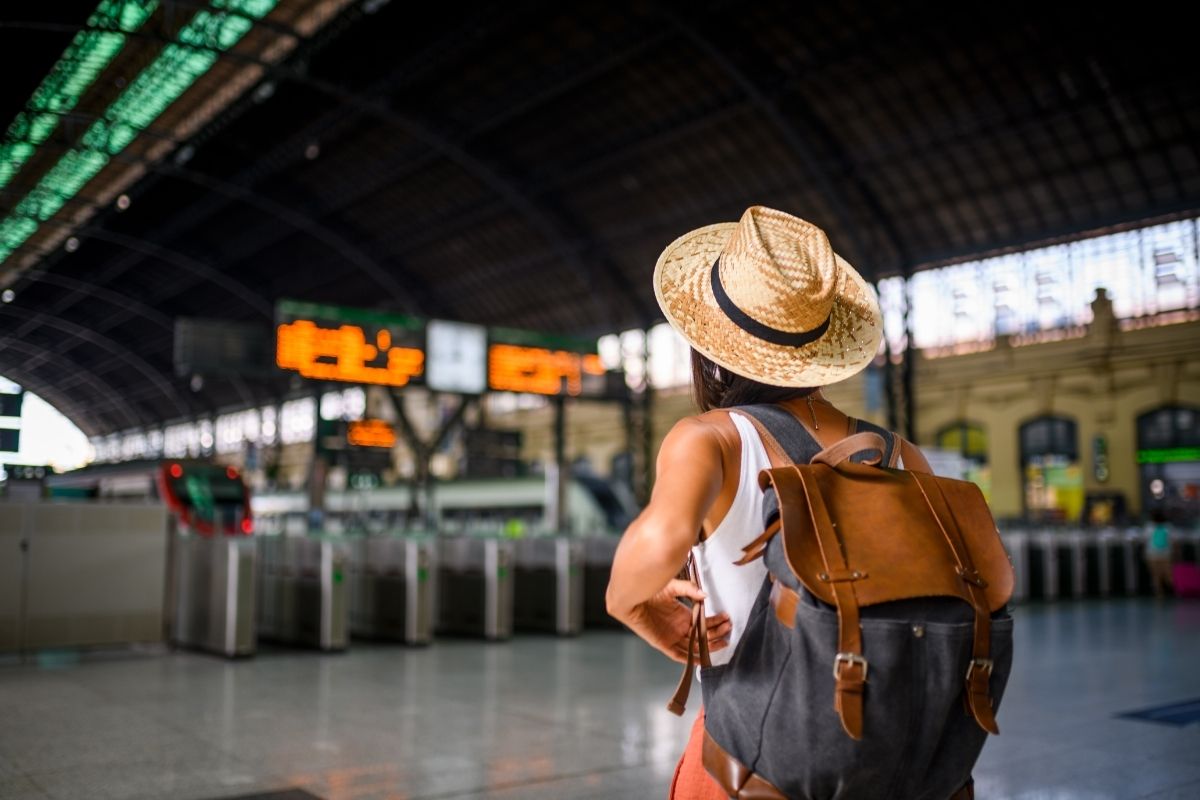If you are planning on visiting Cuba, you may want to branch out and experience different parts of the country. Unless you intend to hire a car, you will need public transport for this.
When overseas, you often find that other countries have different ideas when it comes to public transport systems. So, it is always important to know what you’re letting yourself in for! Below, we will tell you everything you need to know about the different public transport systems in Cuba so you can get a better understanding.
Getting around by bus
There is only one place to begin when it comes to public transport in Cuba, and this is by getting the bus.
There are two main businesses that operate most of the bus network in the country. The option mostly used by tourists in Cuba is Viazul.
Viazul
Viazul has a contemporary fleet of buses, with air conditioning and bathrooms onboard. They tend to be mainly used by tourists because the currency exchange makes them more expensive for locals paying in Cuban Pesos.
Astro
The other option is Astro, which is the public bus service used by locals in Cuba. Prices are cheaper, and many long-distance routes are available. However, there are no bathrooms on board, and the fleet of Chinese-made buses is not as reliable as those run by Viazul.
Book in advance
If you do want to travel via bus, make sure you book your tickets in advance. While it is possible to simply arrive at the bus stop and buy a ticket, it’s highly likely that there will be no tickets available, so buying in advance is critical to avoid disappointment.
- You can book via the Viazul website
- You can book tickets at a Viazul bus station
If you do the latter, you will find most bus stations are open between 8.30 am and 4.30 pm. You will likely need to queue, and if you’re not proficient in Spanish, it can be quite difficult.
Our advice is to write down the necessary information on a piece of paper, i.e. the full names of all passengers as per their passports, the number of tickets needed, the date and time, and the route required. Make sure you take your passport with you.
Viazul bus ticket prices
You can easily view all ticket prices on the Viazul website. Here is an extract from the pricing PDF below so you can get an understanding:
Takeaway points when traveling by bus
- Viazul is the bus company of choice for tourists
- Book your tickets in advance
- The easiest way to book your tickets is online via the Viazul website
Traveling by train
At present, Cuba is the only Caribbean country with a functioning rail system, which is a big plus! While the trains are pretty slow, this is a great way of getting a feel for the landscape in Cuba.
The main railway line in the country runs from Havana, which is on the island’s northwest coast, all of the way down to Santiago de Cuba, located on the southeast coast. This is the most reliable route in Cuba, with former French railway stock operating the train.
This route is an overnight trip, with trains running every other night. You can expect stops at Camaguey and Santa Clara along the way.
Aside from this, there is a number of branch lines that travel to many cities and towns across the island, yet these do tend to be less reliable. In fact, it is not uncommon for there to be delays of a day or more if there is some sort of breakdown.
How much will you pay to travel by train in Cuba?
If you want to travel by train, do not be alarmed to discover that tourists are charged a higher rate than Cubans. Despite this, trains are still more affordable than taking the bus.
Children aged between five and 11 years old travel half-fare while those under the age of four travel free.
You also have the option of purchasing first-class, which can be attractive if you are going on a long trip. However, do note that there are not any sleep compartments despite this being an overnight route.
Takeaway points when traveling by train
- Expect lengthy delays
- Trains are quite slow (40 km/hr)
- They run once every few days
Other ways of getting around in Cuba
Aside from trains and buses, there are other ways of getting around in Cuba, including:
- Taxis – The taxis in Cuba are very old. The vehicles may be dated, but this is an option for local journeys or intercity trips.
- Collectivos – Collectivo cars run on set routes around the main cities in Cuba. Tell your hotel or casa your destination, and they should be able to advise on what number of collectivo to take and how much it will cost you. Collectivos are usually very cheap, at around US $0.50 per ride.
- Coco Taxis – Finally, you will see what looks like large yellow coconuts around Havana. These are Coco Taxis. Although more of a gimmick, they do provide you with a way of getting around the city. However, do be mindful of inflated prices! We always recommend that you agree on a price beforehand.
Using public transport in Cuba
As you can see, there are a number of options available when using public transport in Cuba. The only thing you need to do now is to decide where you are heading to. You can check out our post on the 10 best day trips from Havana for some ideas and suggestions!
- The Art of Cuban Poster Design: History, Techniques, and Cultural Significance - May 23, 2023
- Taking A Vintage Car Tour In Havana - May 23, 2023
- Top 5 Cuban Revolutionary Sites - May 23, 2023








